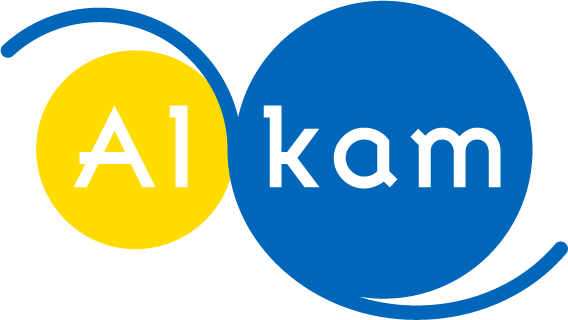top of page
Labels made from recyclable material
Discover our labels:
recyclable materials for a cleaner planet.


Recyclable
Labels
Alkam's recyclable material labels represent a concrete commitment to a more sustainable future. Made with materials designed to be recycled at the end of their life cycle, these labels offer an eco-friendly solution without compromising on quality and durability. Recyclable material labels allow for responsible packaging, aligning with consumer expectations and evolving environmental regulations.
Types of labels made from
recyclable material
Each type is designed to ensure high quality and performance while contributing to the reduction of environmental impact.
Why choose labels made from
recyclable material?
Join us in making a difference by choosing high-quality labels made with respect for the environment.

19,3
tons of CO2 emissions reduced


10,2
tons of recycled liner


25 000
kg of green labels produced



We are FSC® certified.

bottom of page







